“My default setting is no,” Z- told me during Sea & Sky at Schoodic. What she meant was that ‘no’ is her automatic reaction when asked to do new things. It explained her reluctance to try new approaches to painting, and it was an insight I wish I’d had when I was raising my kids. I have one child whose default setting was ‘absolutely not!’ Had I understood that when he was four, eight, or twelve, I would have sidestepped many battles.
That’s because my default setting is extreme-yes. That’s just as problematic. I’ve taken many reckless chances in my life, some of which still manage to wake me up in a cold sweat. Even at my advanced age, I’m inclined to rely on intuition instead of reason. “I like making decisions,” I once told my friend Christine. That doesn’t mean I’m good at it; I just like the churn of change.
Age tends to mitigate the worst of our excesses in either direction, but it’s helpful to understand where we fall on the spectrum.
Do you:
- Enjoy unpredictability?
- Get bored easily?
- Engage in extreme sports or other adventure activities?
- Make decisions quickly, without overanalyzing detail?
- Have a high tolerance for failure?
- Challenge conventional thinking or social norms?
- Drive fast?
If you answer yes to most of these things you are probably a risk-taker. If you answer no, you’re probably more like my child. Of course, there are lots of people who fall somewhere in the middle.
I’ve spent a lifetime teaching myself to think before acting. Being married to a linear thinker has helped. But in art, being a risk-taker is not such a bad thing.
Stepping out of your comfort zone
If your default setting is no, how do you gradually expand your tolerance for risk? I vividly remember the first class Z-took with me. She called me on the phone a few hours before it started to tell me she couldn’t do it. To her great credit, she pushed herself through her self-doubts.
She was using a recognized strategy for success: she took a manageable risk (a class with people she didn’t know). That’s grown her confidence, and now she’s applying for shows and residencies.
What is the worst that can happen? You’ll make a fool of yourself? Nobody else is paying attention anyway, a fact I remind myself of, regularly.
Z-‘s desire to learn to paint overrode her anxiety. That is a cost-benefit analysis by another name, even if it’s drenched in sweat.
Listen to yourself
Many of us run a soundtrack of negative thoughts without even being aware of it. We’d all benefit from stopping and listening to the voices in our heads. If they’re consistently pessimistic, we need to challenge our bad ideas. Would we say that to anyone else? Would we stand by and let someone else speak like that? Once you start to see a pattern of negative thinking, you can begin to replace that script with a more realistic assessment. And if you can’t find a way to redirect your thinking, it’s worth seeking professional help. (I’m from New York, where all the best people have had therapy.)
The importance of friends
Above all, a supportive painting community can do wonders for the risk-averse. “I think all painters are looking for a connection,” Z- told me. It’s a very rare person who can weather the storms of painting completely solo, so why even try?
I’m offering a class called Building on Success starting September 11. It’s about replacing those negative voices with something more positive. There are three seats left, so let me know if you’re interested.
Reserve your spot now for a workshop in 2025:
- Advanced Plein Air Painting, Rockport, ME, July 7-11, 2025.
- Sea and Sky at Acadia National Park, August 3-8, 2025.
- Find Your Authentic Voice in Plein Air, Berkshires, MA, August 11-15, 2025.
- Immersive In-Person Fall Workshop, Rockport, ME, October 6-10, 2025.

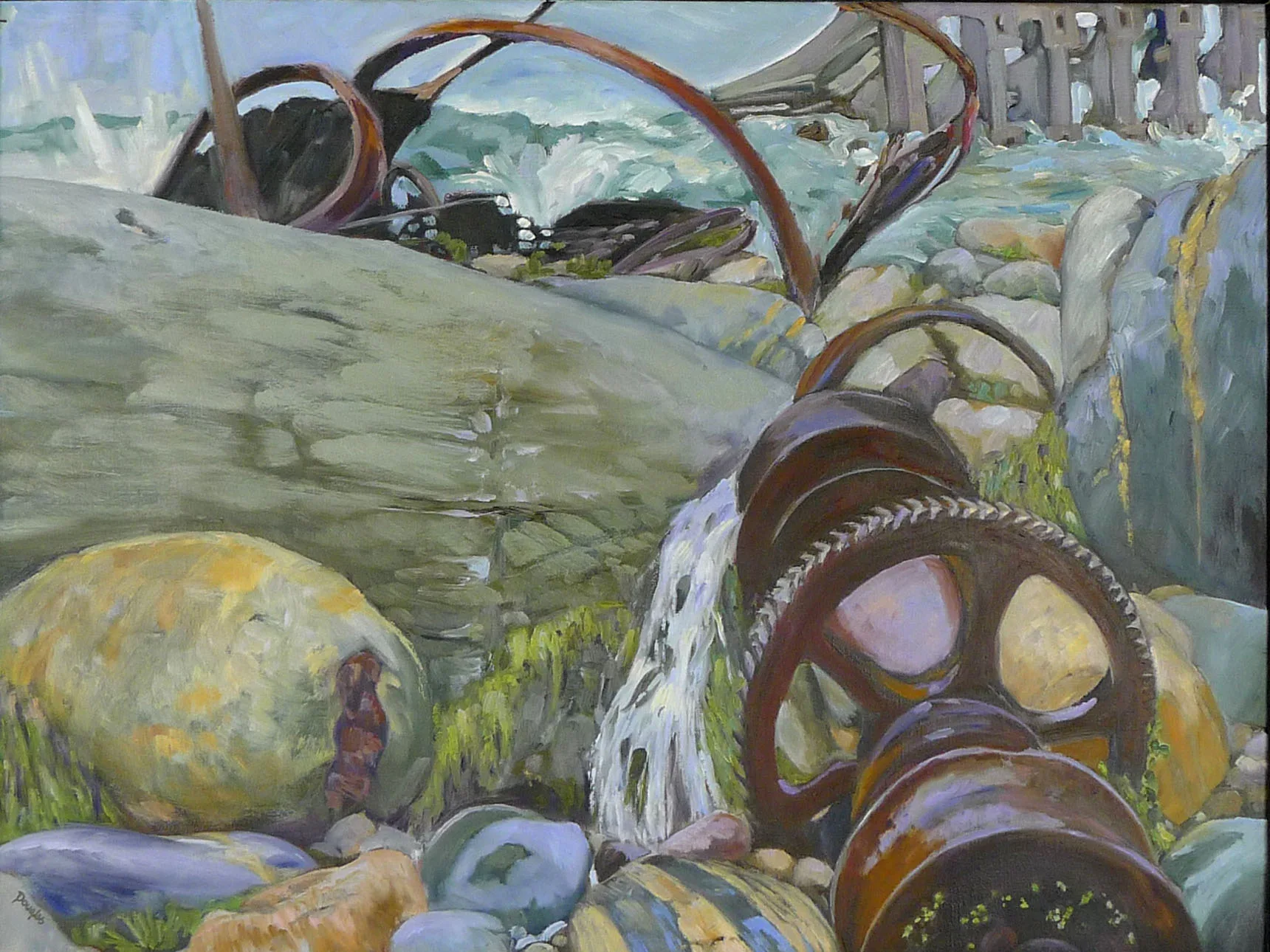
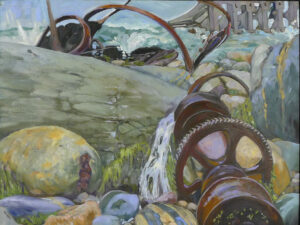
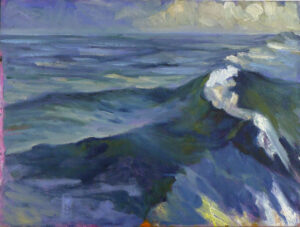
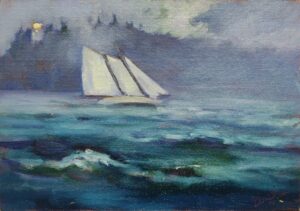
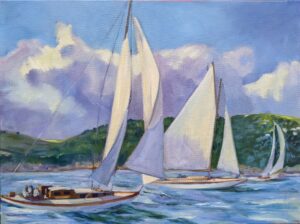
A morning class would work better for me. I’ m on the west coast
I’m on the west coast. An afternoon class works better for me.
I’m terribly sorry–my schedule right now precludes teaching more than one class a week.